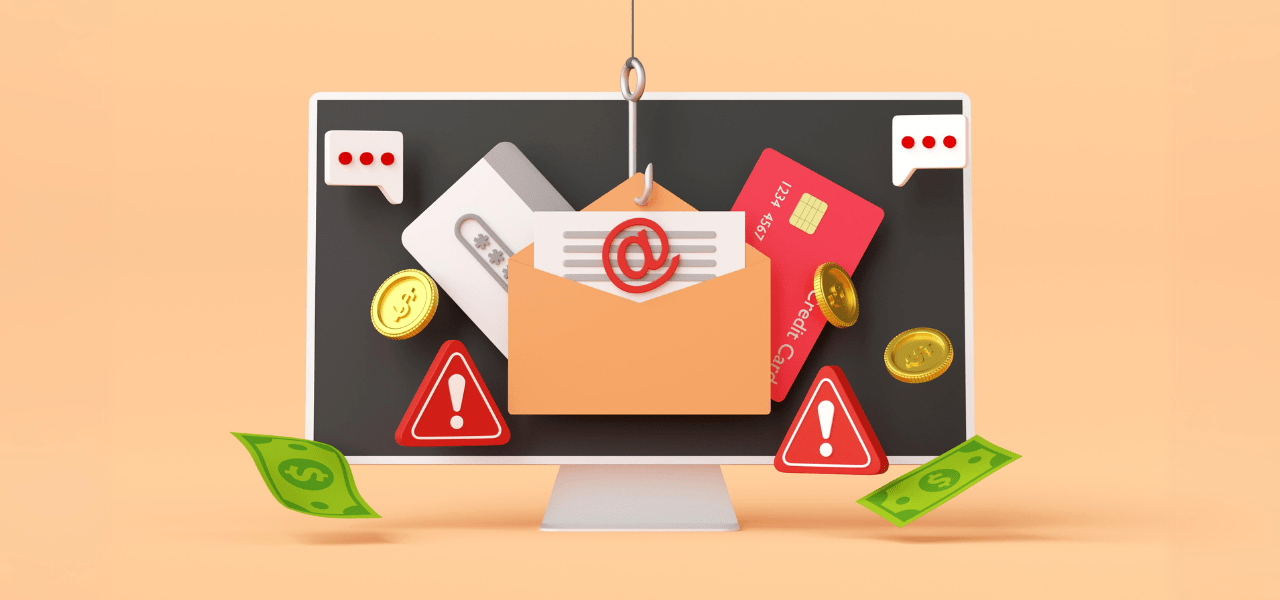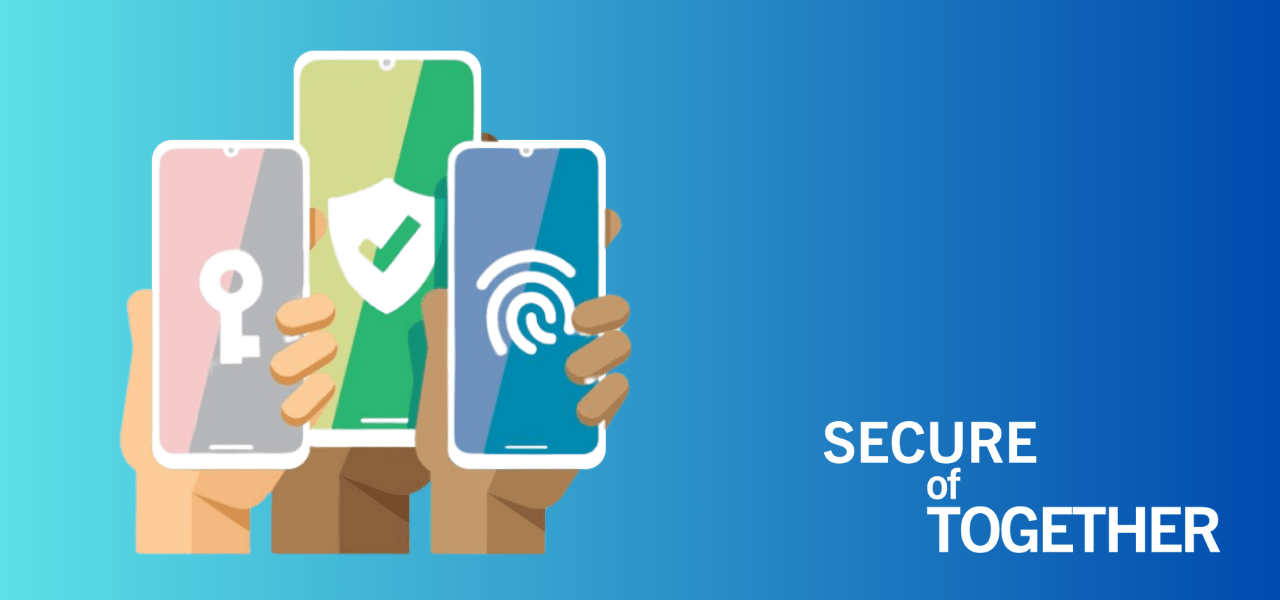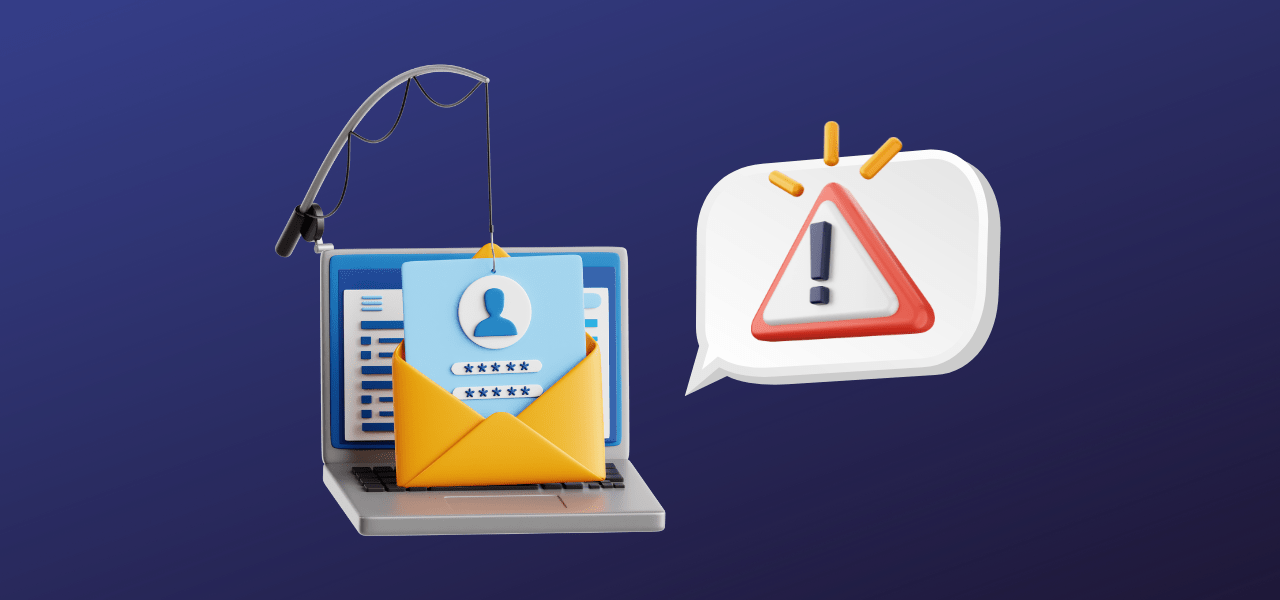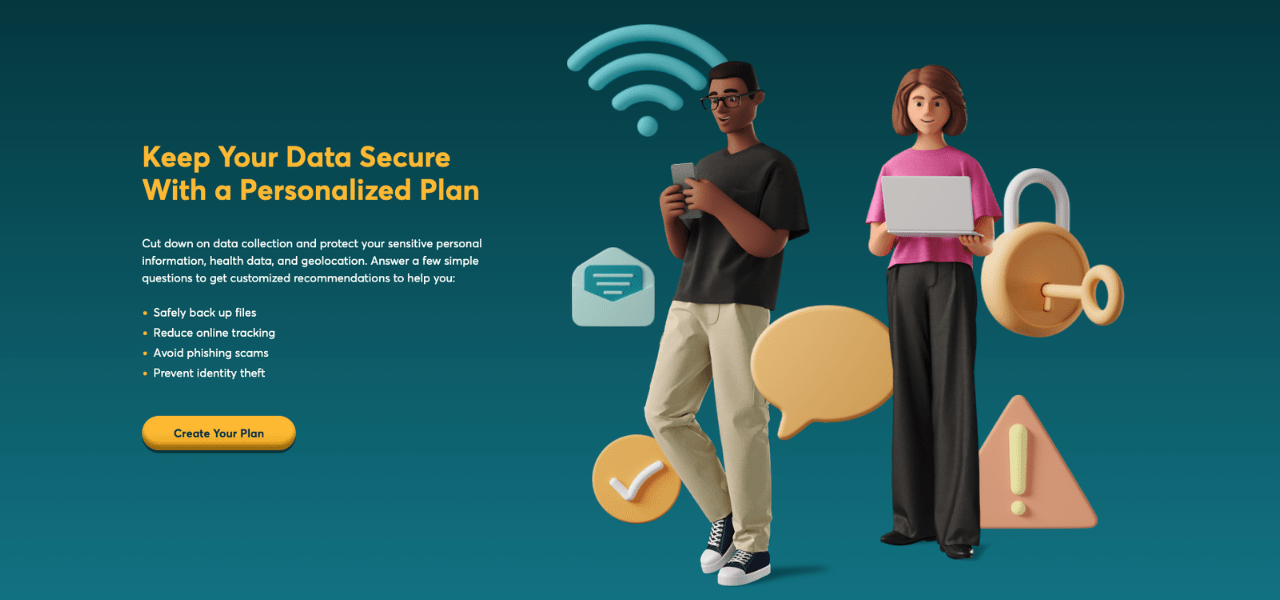Read best practice and tips
Learn practical cyber security tips and best practices that will help you safeguard your personal and institutional data.

August 7, 2024
Here’s how you can learn more about information security and gain practical experience without starting your education or career from scratch.

August 7, 2024
Data classification is a foundational step in determining how your research data should be protected to reduce the risk of data and intellectual property loss. Resources created by the Research Information Security Program are available to help you make informed cyber security decisions about your data.

August 6, 2024
Find out how to detect internet fraud and stay safe online with these expert insights from Andrew Wagg, Manager, Incident Response and Alex Lu, Incident Response Specialist at U of T.

July 25, 2024
Ransomware can have a significant impact on an organization – from shutting down operations to the loss of years of research data. That’s why it’s critical for the U of T community to understand the risks and know how to prevent ransomware attacks.

July 15, 2024
As technology advances and consumers become more connected online, shopping on the internet is becoming an increasingly common way to purchase gifts and everyday items.

July 12, 2024
Multi-factor authentication (MFA) is essential to secure your accounts. It’s quick to set up, easy to use and improves security. With MFA enabled, you can shop, play and work online with confidence.

March 14, 2023
A tax scam is when a fraudster poses as an authority figure, usually as a CRA or Service Canada agent, to try to scare people into complying with their demands. These scams are designed to frighten people into engaging with the fraudster to make payments via money service businesses, pre‐paid cards, gift cards or Bitcoin.

September 29, 2022
Protect your accounts and your data from phishing by following these tips to identify and report phishing attempts.

January 26, 2022
While email is one of the most efficient and prevalent forms of communication today, it brings with it the risk of privacy breaches when sharing sensitive data, such as personally identifiable information (PII) or personal health records.

October 29, 2021
The University of Toronto’s Information Security Incident Response Plan is available to help information technology managers, non-IT unit leaders and other employees handle security incidents effectively.

June 5, 2020
In the landscape of hybrid work, our personal devices have become more than mere tools – they can also be our companions in work productivity. For safe and effective account management on your personal devices while working remotely, follow these five tips.

May 5, 2020
U of T's Citizen Lab provides the community with an easy-to-use guide that helps internet users navigate complicated privacy and security concerns in an ever-evolving digital world.
